
Babies | Health Services Research | Clinical Epidemiology
connects.catalyst.harvard.edu/Profiles/display/Person/3581
ORCID: https://orcid.org/0000-0003-1734-7193
he/him/his
posts = mine

#NeoSky #NeoEBM
global.oup.com/academic/pro... and enter code AMPROMD9 at checkout




Navigating Information Overload on Social Media: Opportunities & Misadventures for Clinicians and Professionals www.newbornjournal.org/abstractArti...
@briankingneo.bsky.social @souvikneo.bsky.social
#neosky @ebneo.bsky.social @espr-esn.bsky.social


Navigating Information Overload on Social Media: Opportunities & Misadventures for Clinicians and Professionals www.newbornjournal.org/abstractArti...
@briankingneo.bsky.social @souvikneo.bsky.social
#neosky @ebneo.bsky.social @espr-esn.bsky.social
Northway WH Jr, Rosan RC, Porter DY. Pulmonary disease following respiratory therapy of hyaline-membrane disease. Bronchopulmonary dysplasia. N Engl J Med. 1967; 276(7):357. PMID: 5334613.
pubmed.ncbi.nlm.nih.gov/5334613/
#neoSky #neoEBM #52MoreChallenge
1/6...
Northway WH Jr, Rosan RC, Porter DY. Pulmonary disease following respiratory therapy of hyaline-membrane disease. Bronchopulmonary dysplasia. N Engl J Med. 1967; 276(7):357. PMID: 5334613.
pubmed.ncbi.nlm.nih.gov/5334613/
#neoSky #neoEBM #52MoreChallenge
1/6...
go.bsky.app/DwfZqQF
go.bsky.app/DwfZqQF
Join us for the inaugural Congress of the European Paediatric Academic Societies (CEPAS) in Lyon, France, from 28–31 October 2026. Mission: Uniting paediatric professionals to advance child health through cutting-edge research, education, and collaboration.👉Learn more at cepas.org
Join us for the inaugural Congress of the European Paediatric Academic Societies (CEPAS) in Lyon, France, from 28–31 October 2026. Mission: Uniting paediatric professionals to advance child health through cutting-edge research, education, and collaboration.👉Learn more at cepas.org
Register - tinyurl.com/c87skbeh
Trial- nejm.org/doi/full/10.10…
Register - tinyurl.com/c87skbeh
Trial- nejm.org/doi/full/10.10…
#52MoreChallenge WEEK 3:
Saigal S, Feeny D, Rosenbaum P, et al. Self-perceived health status and health-related quality of life of extremely low-birth-weight infants at adolescence. JAMA. 1996; 276(6):453. PMID: 8691552.
pubmed.ncbi.nlm.nih.gov/8691552/
#neoSky #neoEBM #52MoreChallenge
🧵1/5
#52MoreChallenge WEEK 3:
Saigal S, Feeny D, Rosenbaum P, et al. Self-perceived health status and health-related quality of life of extremely low-birth-weight infants at adolescence. JAMA. 1996; 276(6):453. PMID: 8691552.
pubmed.ncbi.nlm.nih.gov/8691552/
#neoSky #neoEBM #52MoreChallenge
🧵1/5
@ebneo.bsky.social
doi.org/10.1016/j.jp...
@drbretty.bsky.social @donsharkey.bsky.social
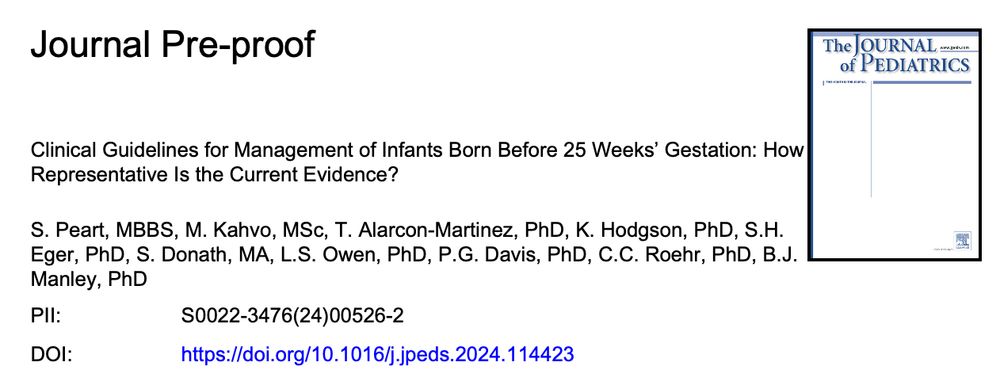
@ebneo.bsky.social
doi.org/10.1016/j.jp...
@drbretty.bsky.social @donsharkey.bsky.social
This will be the first in a series of webinars.
You can register here ccf.georgetown.edu/2024/12/03/r...

This will be the first in a series of webinars.
You can register here ccf.georgetown.edu/2024/12/03/r...
#AcademicSky
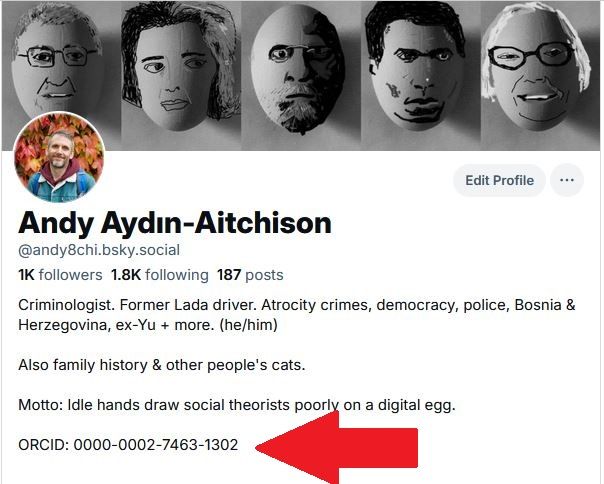
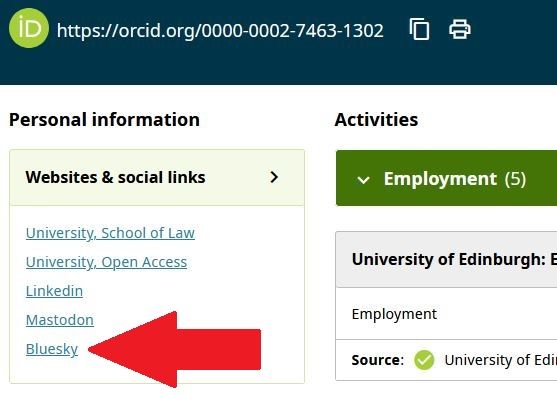
www.nature.com/articles/d41...

www.nature.com/articles/d41...
www.jclinepi.com/article/S089...
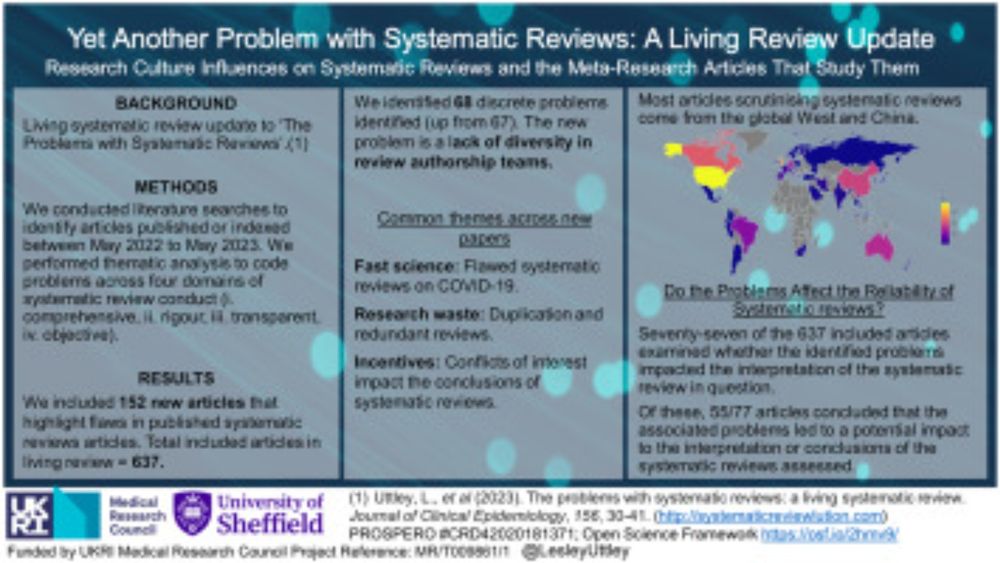
www.jclinepi.com/article/S089...
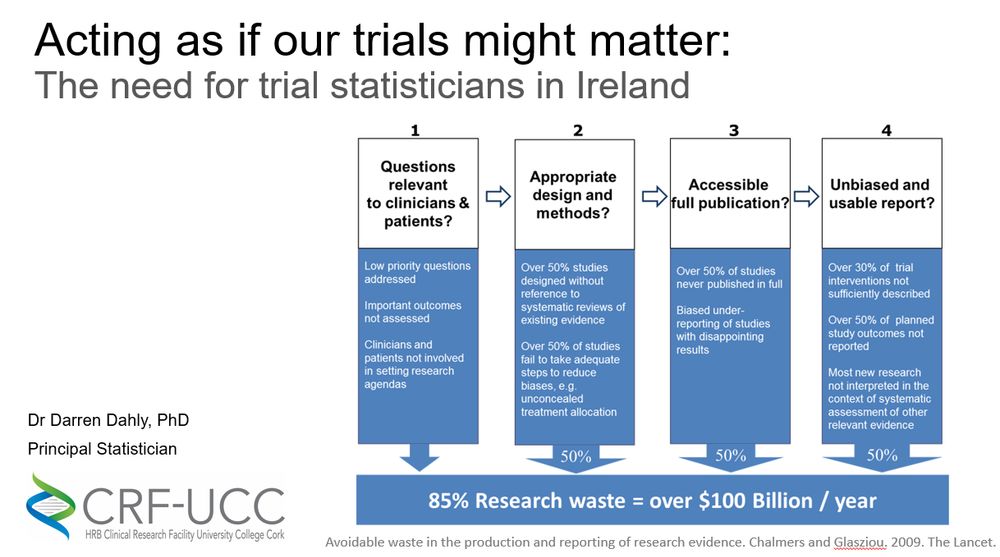
Don’t miss this recent and excellent commentary by Elaine Boyle et al.
www.sfnmjournal.com/article/S174...
#Neosky
Don’t miss this recent and excellent commentary by Elaine Boyle et al.
www.sfnmjournal.com/article/S174...
#Neosky
Fujiwara T, Maeta H, Chida S, Morita T, Watabe Y, Abe T. Artificial surfactant therapy in hyaline-membrane disease. Lancet. 1980 Jan 12;1(8159):55-9. PMID: 6101413.
pubmed.ncbi.nlm.nih.gov/6101413/
#neoSky #neoEBM #52MoreChallenge
🧵 1/6
Fujiwara T, Maeta H, Chida S, Morita T, Watabe Y, Abe T. Artificial surfactant therapy in hyaline-membrane disease. Lancet. 1980 Jan 12;1(8159):55-9. PMID: 6101413.
pubmed.ncbi.nlm.nih.gov/6101413/
#neoSky #neoEBM #52MoreChallenge
🧵 1/6
go.bsky.app/DwfZqQF
go.bsky.app/DwfZqQF
jamanetwork.com/journals/jam...

jamanetwork.com/journals/jam...
Love these slides f/ Dr. Audrey Hébert, who received the Braden Griffin Award @ the recent 25th Griffen Conference @ University of Massachusetts.
"Time to break up with dopamine?"
🤣🤣🤣
www.crchudequebec.ulaval.ca/recherche/ch...
#neoEBM #neoSky


Love these slides f/ Dr. Audrey Hébert, who received the Braden Griffin Award @ the recent 25th Griffen Conference @ University of Massachusetts.
"Time to break up with dopamine?"
🤣🤣🤣
www.crchudequebec.ulaval.ca/recherche/ch...
#neoEBM #neoSky
When Medicaid is attacked, the losers are children.
When Medicaid is attacked, the losers are children.
Week 1 - of course - belongs to Dr. Mel Avery:
Avery M, Mead J. Surface properties in relation to atelectasis & HMD. AMA J Dis Children. 1959;97(5,Pt1):517-23
pubmed.ncbi.nlm.nih.gov/13649082/
#neoSky #neoEBM 🧵

Week 1 - of course - belongs to Dr. Mel Avery:
Avery M, Mead J. Surface properties in relation to atelectasis & HMD. AMA J Dis Children. 1959;97(5,Pt1):517-23
pubmed.ncbi.nlm.nih.gov/13649082/
#neoSky #neoEBM 🧵
#NeoSky #worldprematurityday


#NeoSky #worldprematurityday



